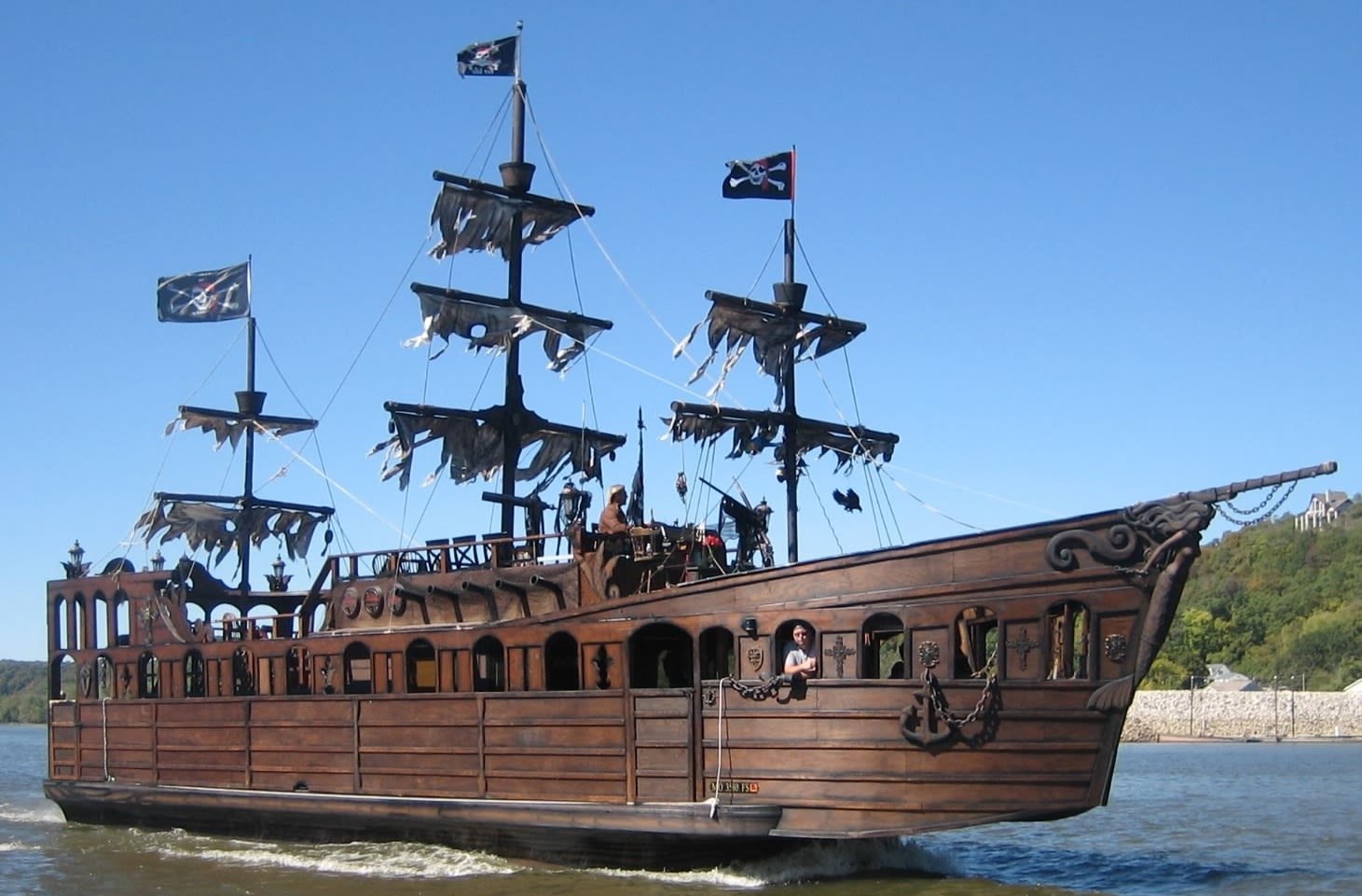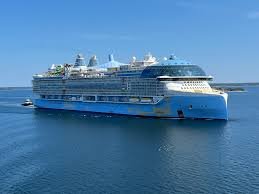The very mention of a pirate ship conjures images of adventure, treasure, and high seas drama. These vessels, which prowled the oceans from the 16th to the 19th centuries, were not just modes of transportation but symbols of freedom, rebellion, and, unfortunately, terror for many. In this exploration of the pirate ship, we dive into its historical significance, design, and the life aboard these infamous vessels.
Historical Significance
Pirate ships have sailed through history, leaving a wake of tales and legends that continue to captivate the imagination. The Golden Age of Piracy, spanning from the late 17th to the early 18th centuries, was a period when piracy was at its peak, particularly in the Caribbean, the West African coast, and the Indian Ocean. Pirates targeted the lucrative trade routes and treasure fleets, challenging the naval powers of Europe and the fledgling American states. These maritime marauders were not just thieves; they were also part of the socio-political fabric of their times, often embodying resistance against oppressive economic systems and colonial expansion.
Design and Functionality
The design of a pirate ship was paramount to its success in plundering and evasion. Contrary to popular belief, there wasn’t a one-size-fits-all pirate ship; these vessels varied greatly in size, design, and function. The most favored types among pirates were sloops, brigs, and schooners, prized for their speed, maneuverability, and shallow draft, allowing them to navigate closer to shorelines and evade larger naval vessels. A well-armed pirate ship was a formidable opponent; equipped with cannons, swivel guns, and small arms, these ships were ready for battle but preferred the threat of force over actual combat to minimize damage to themselves and their prize.
Life Aboard a Pirate Ship
Life at sea was tough, and aboard a pirate ship, it was no different—yet it had its unique aspects. Contrary to the harsh discipline and brutal hierarchy of naval and merchant ships of the time, pirate crews operated with a surprising level of democracy and equality. Captains were elected by the crew and could be deposed if they lost the crew’s confidence. The spoils of their conquests were divided fairly, and pirates developed a code of conduct to maintain order. However, this did not make the pirate life any less perilous. Pirates faced the constant threats of battle wounds, disease, and the possibility of hanging if captured.
Notable Pirate Ships
Among the myriad of pirate ships that sailed the seas, a few have etched their names into the annals of history. The Queen Anne’s Revenge, captained by the infamous Blackbeard (Edward Teach), is one of the most legendary. Originally a French slave ship, Blackbeard captured and modified it into one of the most feared pirate ships, armed with 40 guns. Another notable vessel was the Whydah Gally, captained by “Black Sam” Bellamy. It was the first pirate ship whose wreck was discovered with a significant portion of its treasure still aboard, providing invaluable insights into the world of piracy.
The End of the Pirate Era
The romanticized era of swashbuckling pirates did not last forever. The increased naval patrols, the implementation of the convoy system for merchant ships, and the hanging of pirates as a deterrent significantly reduced piracy by the mid-18th century. The last known pirate ship was captured in the early 19th century, marking the end of an era. However, the fascination with pirate ships and their adventurous lifestyle lives on in literature, movies, and folklore, continuing to inspire and entertain.
Conclusion
The pirate ship remains a symbol of freedom, adventure, and rebellion. Its historical significance extends beyond its role in piracy; it reflects the socio-political challenges and changes of its time. The life aboard these ships was harsh yet governed by a code that promoted a degree of fairness and democracy rarely seen in other maritime or terrestrial societies of the period. As we delve into the history and legends of pirate ships, we uncover a complex narrative that challenges our preconceptions and enriches our understanding of the past. The tales of these ships and their crews continue to sail through history, as intriguing and captivating as ever, a testament to humanity’s enduring fascination with the world of pirates.
Read Also: Unlocking the World of Unblocked Games: A Gateway to Fun and Learning





